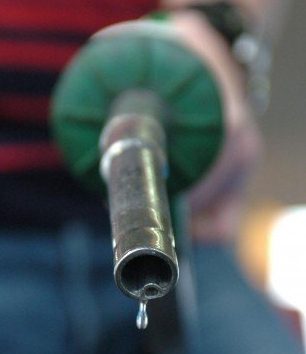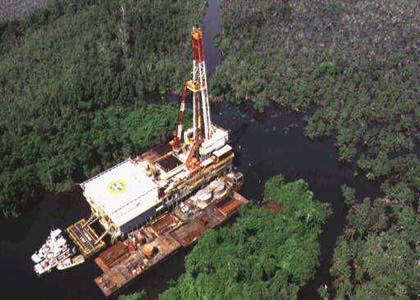
24 October 2015, Sweetcrude, Lagos – The World Bank says it is lowering its 2015 forecast for crude oil prices from 57 dollars per barrel in its July report to 52 dollars per barrel.
This is according to the bank’s new Commodity Markets Outlook, a quarterly update on the state of the international commodity markets.
The update was derived from the World Bank’s website.
It stated that the revised forecast reflected a further slowing in global economic performance, high current oil inventories and expectations that Iranian oil exports would rise after the lifting of international sanctions.
It said that the Bank’s Energy Price Index tumbled 17 per cent in the third quarter of 2015 from the previous three-month period.
“This was led by a renewed plunge in oil prices prompted by expectations of slower global growth, particularly in China and other emerging markets, abundant supplies and prospects of higher Iranian exports next year.”
It also said that energy prices were expected to average 43 per cent lower in 2015 than in 2014.
For commodities excluding energy, the bank reports a five per cent decline in prices in the third quarter and forecasts that non-energy prices will register a 14 per cent decline in 2015 from the previous year’s levels.
It quoted John Baffes, Senior Economist and lead author of Commodity Markets Outlook as saying “we see a five-year-long slide in most commodity prices continuing in the third quarter of 2015.
“There are sufficient inventories of oil and other commodities and demand is weak, especially for industrial commodities, which is why prices may stay persistently low”.
The statement also said that there were possible effects of the Iran Nuclear Agreement on global energy markets.
It said that within several months, Iran could increase crude oil production by 0.5-0.7 million barrels per day (mb/d), potentially reaching a 2011 pre-sanctions level of 3.6 mb/d.
In addition, Iran could immediately begin exporting from its 40 million barrels of floating storage of oil.
This is because since Iran has the largest known gas global reserves (18 per cent of the world total), it has the potential to produce and export a significant volume of natural gas over the long term.
It quoted Ayhan Kose, Director of the World Bank’s Development Prospects Group as saying “the potential impact of Iranian oil and gas exports on global and regional markets could be large over the long term”.
However, uncertainty about Iran’s capacity to ramp up exports adds to risks to the energy-price forecast.
These downside risks, the statement said, might include higher-than-expected OPEC production and continuing falling costs along with improved productivity of the U.S. shale oil industry.
Slowing demand and high stocks could further weigh on oil prices.
Upside risks include an accelerating decline in U.S. shale oil output, and reduced supply because of geopolitical events.
The outlook provides detailed market analysis for major commodities groups, including energy, metals, agriculture, precious metals, and fertilisers.
According to the report, “Metals prices fell 12 per cent in third quarter, the fourth consecutive quarterly decline, reflecting slowing demand, notably from China.
“The World Bank projects metals prices to fall by 16 per cent in 2015.
“Precious metals prices fell seven percent in the third quarter and are likely to slide another eight per cent in 2015 on lower investment demand.
“Agricultural commodity prices fell by more than two per cent in the quarter and are likely to fall by 13 per cent in 2015, reflecting abundant supplies and high levels of existing grain stocks.
“Fertilizer prices fell one percent in the third quarter, and may decline by one percent in 2015, because of weak demand, and rising supply.”
*NAN



